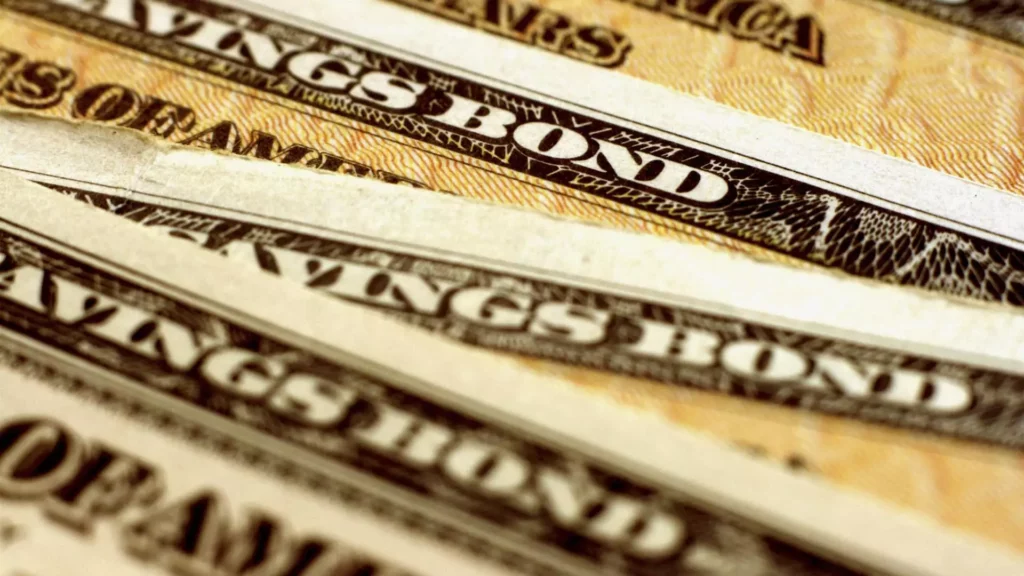![]()
Series I bonds are set to pay 4.28% annual interest from May 1 through October 2024, according to the latest announcement by the U.S. Department of the Treasury. This rate is linked to inflation and marks a decrease from the 5.27% offered since November, albeit slightly higher than the 4.3% rate from May 2023. Existing I bond holders will also witness their rates adjusting based on their purchase dates, as the Treasury implements a six-month timeline for rate changes starting from the original purchase date.
Breaking Down I Bond Rates
The allure of I bonds lies in the dual nature of their interest rates, comprising both variable and fixed-rate portions, adjusted by the Treasury biannually in May and November. The variable rate remains constant for six months following purchase, irrespective of when the Treasury announces new rates. Subsequently, the variable yield transitions to the upcoming announced rate after the initial six months. Conversely, the fixed rate remains unchanged post-purchase, subject to adjustments or continuity by the Treasury every May and November.
Following a surge in investor interest post the record 9.62% annual rate in May 2022, the appeal of I bonds has waned consequent to declining inflation rates. While short-term savers may find more lucrative alternatives for immediate cash, long-term savers could still find I bonds enticing. Milwaukee-based certified financial planner Jeremy Keil emphasizes the significance of the fixed rate, which currently stands at 1.3% for new purchases from May 1 through October. Moreover, the tax benefits associated with I bonds, such as exemption from state and local levies on interest and deferred federal taxes till redemption, can be advantageous for long-term savers looking to build their emergency fund.
Before diving into I bonds, it is crucial to assess your financial objectives and timeframe. One drawback of I bonds is the restriction on accessing funds for at least one year, coupled with a three-month interest penalty if withdrawals are made within five years. Individuals can acquire I bonds online through TreasuryDirect, subject to a $10,000 per calendar year limit. However, additional avenues to procure more I bonds, including $5,000 in paper bonds through federal tax refunds, are available.
Series I bonds present a blend of advantages and limitations that necessitate careful evaluation based on individual financial circumstances and goals. While the current interest rates may not be as lucrative as in previous years, the long-term nature of I bonds and associated tax benefits could still hold appeal for certain investors. It is imperative to weigh the pros and cons before delving into I bonds to ensure alignment with your overarching financial strategy.

Leave a Reply